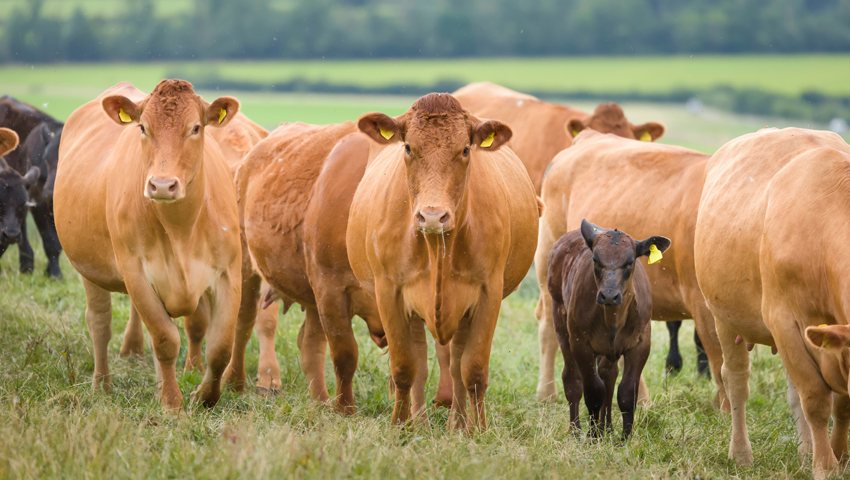Cell grazing has positive effects on soil carbon sequestration, pasture growth and live weight production per hectare compared to set-stocking, according to a wide-ranging new report.
The four-year study compared cell grazing (CG), using TechnoGrazing infrastructure, where animals were moved every 1-2 days to new, and set stocking (SS), where animals remained in the same area for the grazing season.
The cell grazing method achieved substantially higher pasture growth, with dry matter production nearly 40% higher than set stocking. By the third year, cell grazing areas supported double the livestock per hectare compared to set stocking – and produced 140% more liveweight per hectare.
Despite more intensive grazing and higher stocking densities, soil carbon content increased in cell grazing enclosures while it decreased in set stocking, indicating higher levels of carbon sequestration.
In a perfect system, livestock would graze all parts of a field equally. In reality, the animals tend to cluster around features like water troughs leading to uneven grazing and bare patches. Cell grazing reduces these problems; animals are evenly rotated around the paddock, grazing more intensively. The pasture then has the possibility to rest and recover from being eaten and generate new growth. In contrast, set stocking approaches may lead to overgrazing of certain areas, affecting pasture productivity.
Rothamsted’s Dr Jordana Rivero, who led the study, said, “These results give the best evidence yet that ‘It’s not the cow, it’s the how. In other words, the way you manage your grazing system is important and can deliver beneficial outcomes. Cell grazing benefits both the farm productivity and some aspects of the environment. Negative environmental impacts like increased nutrient runoff potential or soil compaction were similar between the two methods.”
The study team found a range of other effects including changes in the botanical composition of the two systems. Cell grazing increased the abundance of perennial ryegrass within the sward and maintained levels of white clover, while set stocking led to an increasing abundance of weed species.
“This study is the first time that the two systems have been systematically compared taking into account both productivity and environmental impacts in lowlands in the long term,” said Dr Rivero. “We found no added environmental costs in cell grazing systems despite its greater stocking densities. Moreover, animals in cell grazing plots also had a grazing season three weeks longer, on average, than those in set stocking, potentially reducing cost of winter housing and feeding.”
The study started in 2018 and is still ongoing. The interim report includes the results collated over the first four years. It involves six enclosures, with three replicates of each method (cell grazing and set stocking). Autumn born dairy cross beef steer calves arriving at around 6 months old were randomly allocated to groups. They were grazed for two consecutive seasons with the aim of finishing off grass by 24 months of age.
“Long-term trials are critical to assess any intervention applied to productive systems,” said Dr Rivero. “If we are interested in understanding how the components of the system such as soil, plants and animals evolve over time, and how the system adapts to the new management, we need to run extended studies. And the work is ongoing: A couple of weeks ago, the fourth cohort of calves were turned out to the experimental paddocks to launch the seventh grazing season.”
